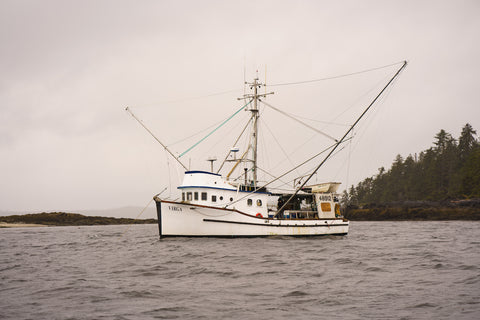


Individuals can be aged from growth rings using a validated procedure (Shaul and Goodwin 1982). 1984), with an average landed weight of approximately one kilogram. Geoducks are large burrowing clams found between the intertidal and approximately 110 m depth (Jamison et al. Geoducks are long-lived, with maximum ages of at least 168 years (Bureau et al. They generally weigh between 0.5 and 1.5 kilograms, but, occasionally, grow as large as 3 kilograms. Geoduck clams are the largest burrowing clams in the world, with a shell length that can exceed 20 centimetres. Their equal-sized valves do not conceal their enormous siphon (neck), which is white to reddish-brown in colour. Geoduck clams are bivalves, and have two shells that are white and somewhat rectangular in shape. After reaching about a metre depth into the substrate, the adult geoduck settles in for a long uneventful life. A developing geoduck digs about a third of a metre per year. They are found in beds of soft substrates (sand, mud, gravel and crushed shell) where they burrow into the ocean floor. Geoducks live at depths from the low intertidal zone to more than 100 metres (Jamison et al.

Fisheries for Pacific geoducks occur in Alaska, British Columbia, Washington state and Baja California, Mexico. Pacific geoduck clams ( Panopea generosa) are found in the waters of the northeast Pacific from Alaska to Baja California, Mexico (Quayle 1970).


 0 kommentar(er)
0 kommentar(er)
